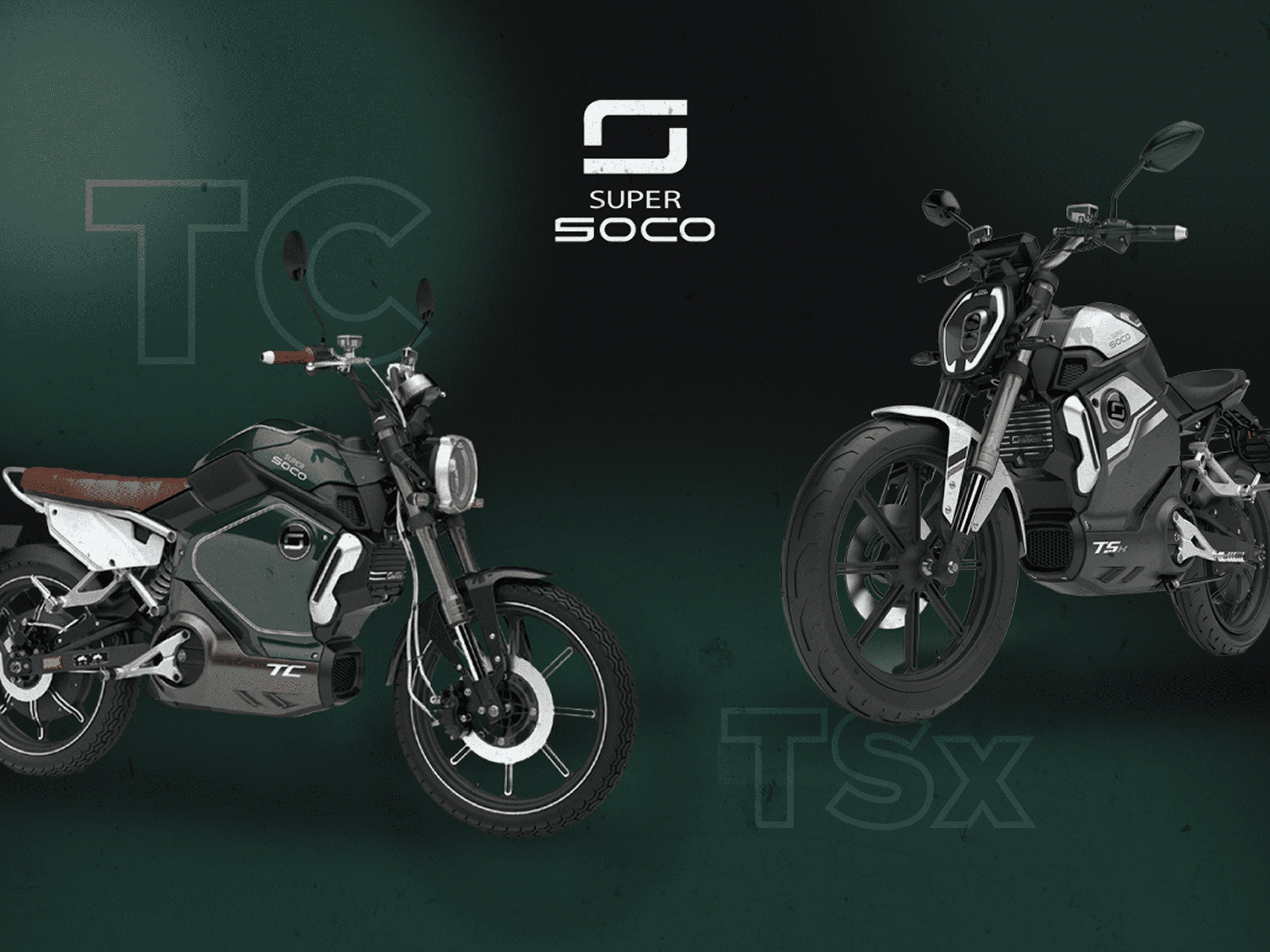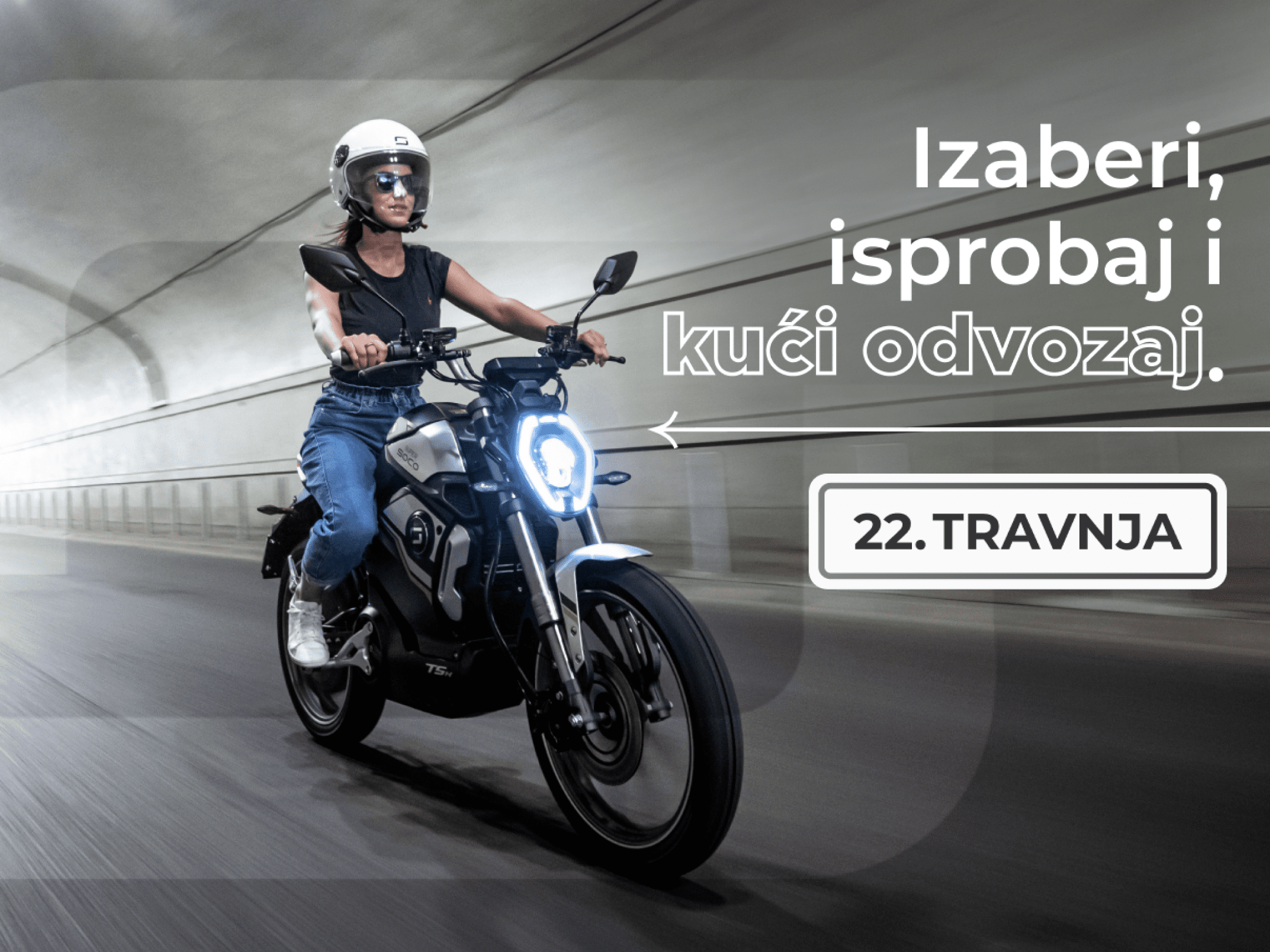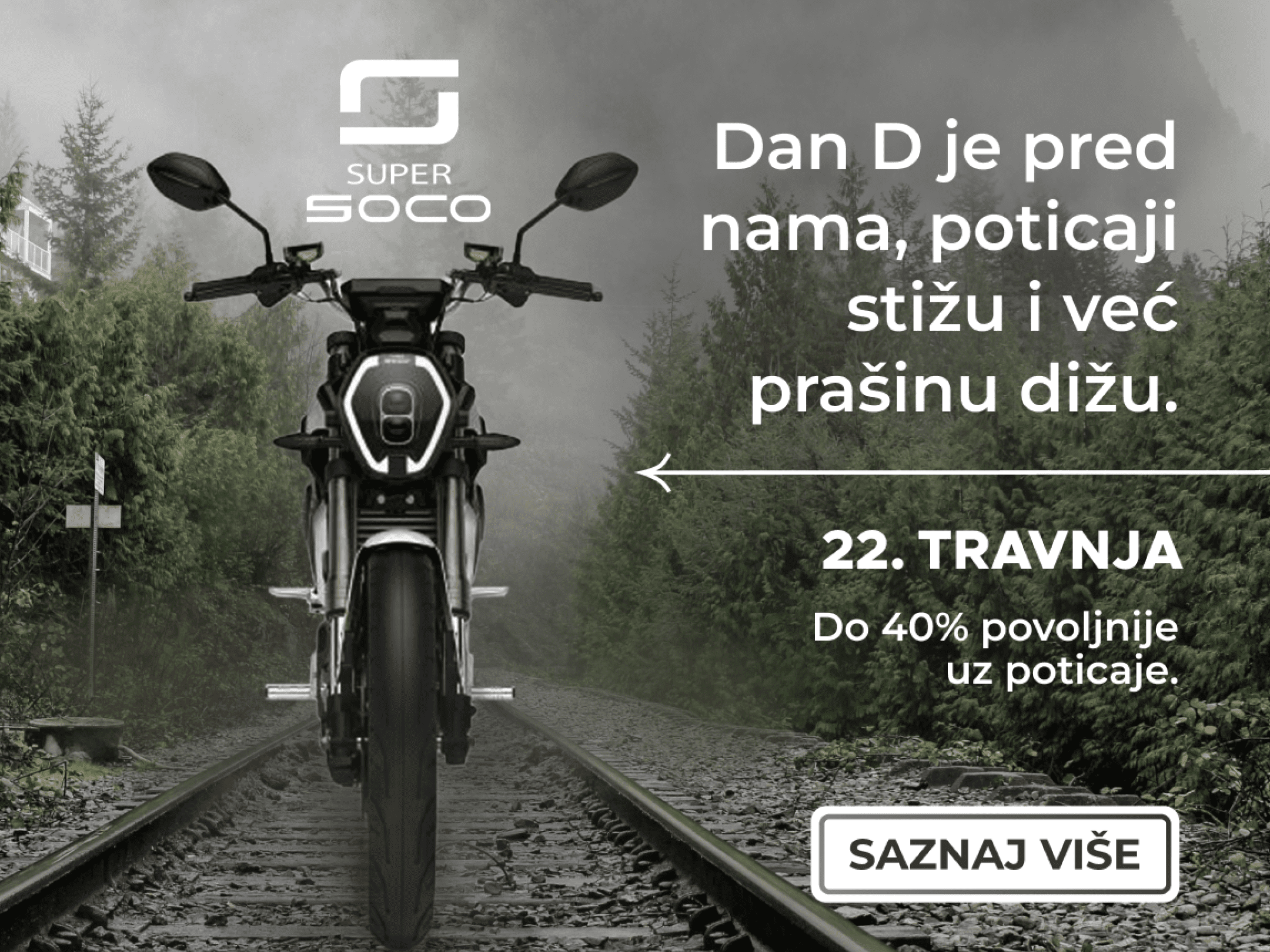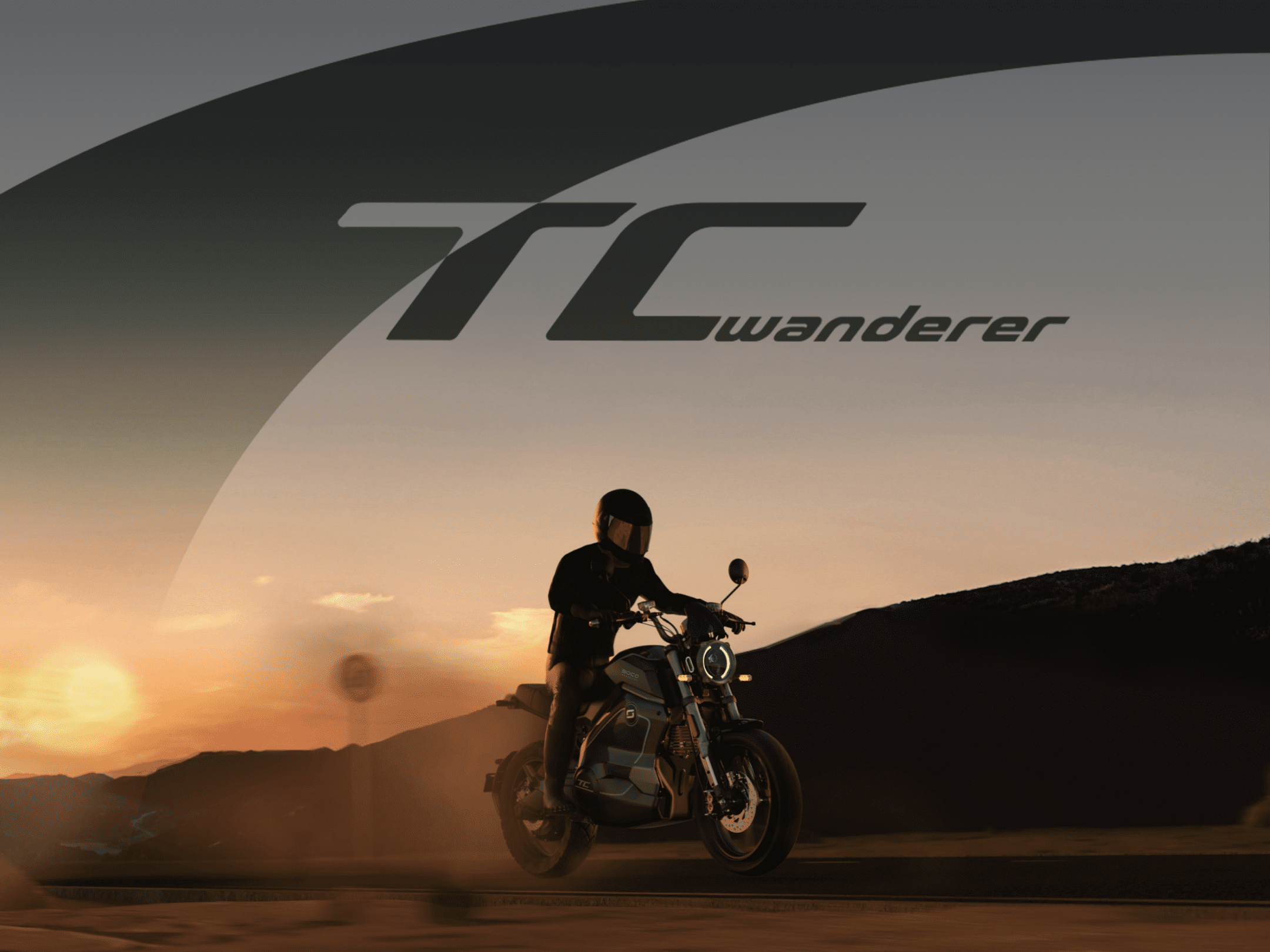- Intro
- Brief
- Focus
- Outcome
Intro
Super SOCO is an innovative brand of electric motorcycles and scooters, present in over 70 countries worldwide. They started their story of innovation in the electric vehicle industry in 2015. Since then, they have won several international awards such as the Top Innovation Award, Red Dot, and many others. Super SOCO’s electric vehicle fleet contains several models of motorcycles and scooters of different powers to meet all the market’s needs, whether it is enjoying light city rides or ecologically experiencing motorcycle enthusiasm. Each Super SOCO model comes in several color variants, and its elegant, modern, and at the same time simple design must be noticed on city streets.

Brief
The secondary goal was to collect as many potential customers as possible in the period before the start of the tender for subsidies. This would allow us to use the mentioned users in the main part of the campaign before the subsidies were given away, with the help of remarketing advertising and increasing the number of booked test drives with our Super SOCO partners.
Focus
That part of the campaign started in mid-February and included more intensive advertising activities, both on social networks and on the Google Ads platform. After the successful first part of the campaign, in the second phase, our focus turned to the main goal – the conversion of users who entered the remarketing database during the first phase of the campaign.

Facebook and Instagram
For the Poticaji 2024 campaign, we strengthened our social media activities with three additional campaigns; traffic, engagement, and conversion-oriented campaigns (submitted form). Also, for the duration of the campaign, we added one additional post per week on social media that exclusively communicated information and details of subsidies for the purchase of electric motorcycles/scooters. In this way, we also conveyed news related to subsidies to loyal followers of our profiles.
To optimize the campaigns to the maximum, we used budget optimization, A/B/C interest testing, and Lookalike audiences (users most similar to those who visited the website), and in the final phase of the campaign, remarketing the audience. For the campaign, three examples of individual ads were made, each of which had a different approach to the user. In the final phase of the campaign, when the Fund published complete information about the maintenance of the subsidies themselves, the visuals were slightly modified (added dates, stronger call-to-action) with the aim of better converting users.
Google Ads
During the Poticaji 2024 campaign, two additional campaigns were also active: Display and Performance Max. For the Performance Max campaign to be optimally adapted and bring the best results, it was thoroughly equipped with all relevant data and guidelines. During the Poticaji 2024 campaign, two additional campaigns were active; Display, and Performance Max. The Performance Max campaign, with the aim of better optimization, was supplemented with signals as much as possible.
Display campaigns were segmented into two parts; only remarketing (users who have performed important actions on the page) and a wider audience targeted according to the interests that have the highest conversion rate. Just as with visuals on social networks, the visuals in the second, more direct part of the campaign were also changed or refreshed within the campaigns on Google Ads. Campaigns on Google Ads led to an informative blog on the Super SOCO page, which was written to improve SEO ranking, but also increase organic traffic. Also, all important information related to the subsidies themselves was summarized within the blog, and after the blog itself, there was a contact form for sending inquiries to encourage the user further to take action.

Outcome
The extraordinary results prove that advertising through different channels was a complete hit. Namely, through a detailed analysis of the collected data, it was observed that thanks to additional advertising activities, site visits in the first two weeks of the campaign (February 15-29) increased by over 670% compared to the first two weeks of the current month (February 1-14).
Furthermore, 56 inquiries related to incentives were recorded on the website during the campaign’s duration, which is an increase of 321% compared to the previous period of the same duration. The majority of inquiries, as much as 77% of the total, came from social media campaigns.
